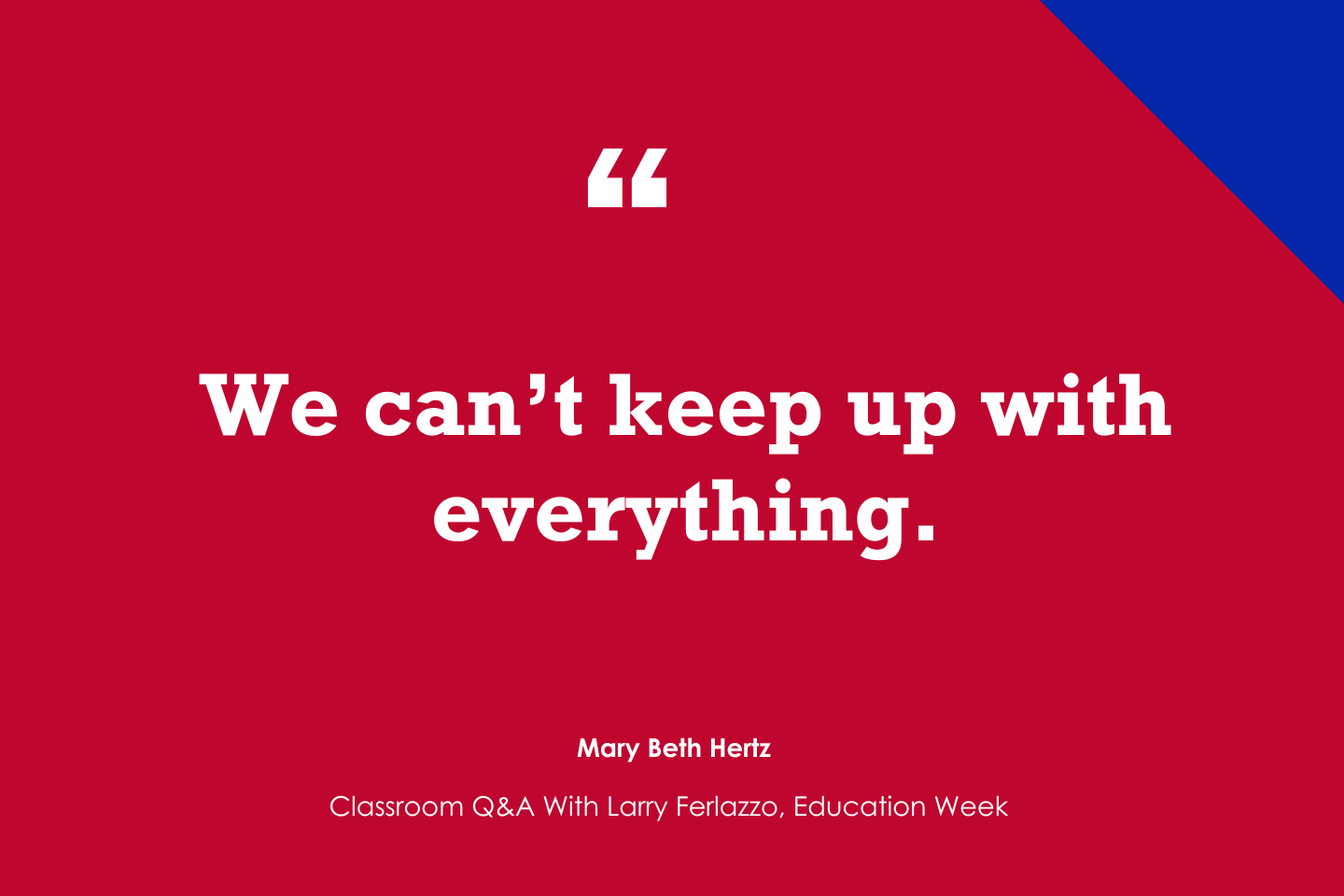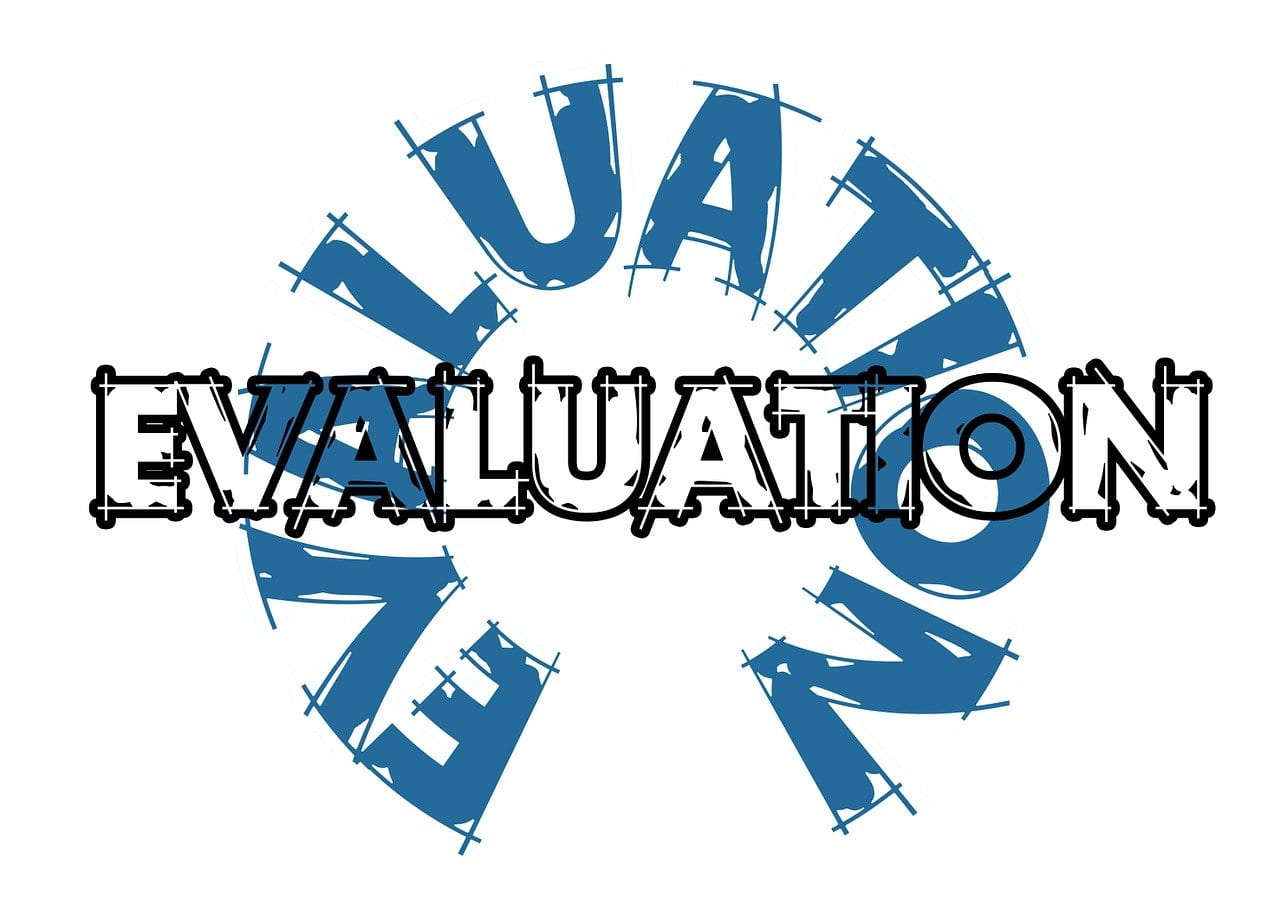During his time at the Toyota Motor Company, Taiichi Ohno developed a tool for root cause analysis, the technique we know as the five whys. According to Ohno (1988), “By asking why five times and answering it each time, we can get to the real cause of the problem, which is often hidden behind more obvious symptoms” (p. 17). Ultimately, this process allowed the company to focus on continuous improvement, in this case, the elimination of waste during the manufacturing process.
Purpose #1: Reactive root cause analysis
It does not take much effort to see the application of this technique as applied to the broad sector of higher education. Institutions may want to uncover the root cause of declining enrollment or graduation rates, or perhaps the root cause of increasing mental health challenges or student debt. But there are also clear applications to supporting student success. Consider this scenario (one you have likely experienced):
Student: I failed the first exam.
Educator: Why did you fail the first exam?
Student: I didn’t complete all the problems.
Educator: Why didn’t you complete all the problems?
Student: I didn’t understand the material.
Educator: Why didn’t you understand the material?
Student: I stayed up too late and missed several classes.
Educator: Why did you stay up too late and sleep through class?
Student: I spent too much time playing video games.
Educator: Why did you spend too much time playing video games?
Student: I went back to my residence hall to study and got distracted.
By continually asking “why,” the student can get to the root cause of the problem and thereby make appropriate changes. As Ohno (1988) noted, “When a problem arises, if our search for the cause is not thorough, the actions taken can be out of focus” (p. 18). In the case above, the student does not necessarily need to seek out tutoring, which would have been the recommendation had the technique stopped after the second why. If the student changes their environment to support their goal of learning, the outcome on future exams may be different. In my own practice, when students contact me for assistance, they often diagnose a need for help in one area (e.g., managing time), but through conversation and questions, the resulting strategies are often in another direction reflecting the root of the issue (e.g., staying motivated).
The catalyst for implementing the five whys in industry, and in the example above, is a negative situation that needs to be ameliorated. Which makes the technique inherently re-active. The less obvious, but perhaps more interesting, application of this method is as a pro-active elaborative learning strategy.
Purpose #2: Proactive root concept analysis
High school students are often unprepared for the task of learning course content in their college-level courses, relying on rote memorization. Most careers, however, are not dependent on regurgitating facts but rather applying concepts in new ways. Thus, students need a deeper understanding of the material which often comes about through elaboration strategies. As defined by Brown et al. (2014), elaboration is:
The processes of giving new material meaning by expressing it in your own words and connecting it with what you already know. The more you can explain the way your new learning relates to your prior knowledge, the stronger your grasp of the new learning will be, and the more connections you create that will help you remember it later. (Brown, et al., 2014, p. 5)
Students can engage in elaboration through “methods such as applying a concept to a new situation, developing meaningful analogies, comparing and contrasting with another idea, or summarizing a concept in your own words” (Skillful Learning, 2019, 9:01). Applying the five whys to course concepts or homework problems can do just that.
Take a Calculus homework problem as an example, though the technique is certainly not limited to math problems. The student is presented with a circle plotted on a graph and asked if the circle is the graph of a function. The answer is no, but rather than memorize that answer in hopes that the same problem will appear on the exam, the student can engage in the five whys:
Student: Is the circle the graph of a function? No.
Student or Professor: Why is the circle not the graph of a function?
Student: It did not pass the vertical line test.
Student or Professor: Why didn’t it pass the vertical line test?
Student: A vertical line drawn through the circle will intersect in multiple points.
Student or Professor: Why does the line intersect in multiple points?
Student: The input parameter maps to two output values.
Student or Professor: Why can’t the input parameter map to two output values?
Student: The range of a function can only have single output values.
Student or Professor: Why can the range only have single output values?
Student: The definition of a function is that for a set of inputs (domain) there can only be one output (range).
In this example, the homework question is not testing student’s knowledge of a circle, rather it is testing their knowledge of the vertical line test, as well as the properties of the domain and range. The five whys allowed the student to get to the root concepts contained in the problem, which means that, in theory, for any graph presented on an exam, the student could identify whether it was the graph of a function. Students could even take this a step further and create drawings to accompany their responses. For example, drawing the initial problem (graph with a circle), drawing the vertical line, marking the two intersection points, and writing the formula for a function. Not only does this allow for elaboration, but also better retention from writing down responses in their own handwriting and an opportunity to self-test.
The benefit of this technique, as with all elaborative techniques, is that students are no longer hyper-focused on the way a single homework problem is presented. It keeps their brains flexible in terms of what to expect on an exam. Further, it provides preparation for their future careers by developing an overarching problem-solving approach that supports learning how to learn.
Conclusion
Implementing the five whys can happen at many different levels. Students can work through the technique on their own while completing their homework assignment or reflecting on their overall performance. Faculty members can explore this technique with their students in class as an overarching problem-solving approach or during office hours to enhance understanding of specific concepts. First-year seminar instructors can leverage the five whys during a discussion of study strategies or a discussion of reflection as students think about their transitional experience. Academic advisors can implement the technique with students who would benefit from making changes in their lives.
Learning center tutors can practice the technique with students as an alternative to just giving them the next step or answer.
The five whys as a business strategy enables a company to discover the core problem and engage in continuous improvement. As an academic strategy, it enables students to discover the core concepts and engage in continuous learning. As Bain (2012) noted, the best college students, “Elaborate, elaborate, elaborate. Associate, associate, associate. Make connections. Ask questions. Evaluate” (p. 243).
Sarah Forbes, PhD, is the director of student academic success and a first-year seminar instructor at Rose-Hulman Institute of Technology. In these roles, she helps students learn new strategies for academic success. Sarah also serves as a first-year seminar instructional designer, summer bridge program director, and academic advising program administrator.
References
Bain, K. (2012). What the best college students do. The Belknap Press of Harvard University Press. DOI: https://doi.org/10.2307/j.ctt2jbv01
Brown, P. C., Roediger III, H. L., & McDaniel, M. A. (2014). Make it stick: The science of successful learning. The Belknap Press of Harvard University Press. DOI: https://doi.org/10.1111/1541-4329.12075
Ohno, Taiichi. (1988). Toyota production system: Beyond large-scale production. Productivity Press. DOI: https://doi.org/10.4324/9780429273018
Skillful Learning. (2019, January 29). 2 – Knowing about thinking [Video]. YouTube. https://www.youtube.com/watch?v=DbgUwzoRaLc
The post The Five Whys: Helping Students Engage in Deeper Learning appeared first on Faculty Focus | Higher Ed Teaching & Learning.
During his time at the Toyota Motor Company, Taiichi Ohno developed a tool for root cause analysis, the technique we know as the five whys. According to Ohno (1988), “By asking why five times and answering it each time, we can get to the real cause of the problem, which is often hidden behind more
The post The Five Whys: Helping Students Engage in Deeper Learning appeared first on Faculty Focus | Higher Ed Teaching & Learning. Effective Teaching Strategies, five whys Faculty Focus | Higher Ed Teaching & Learning








